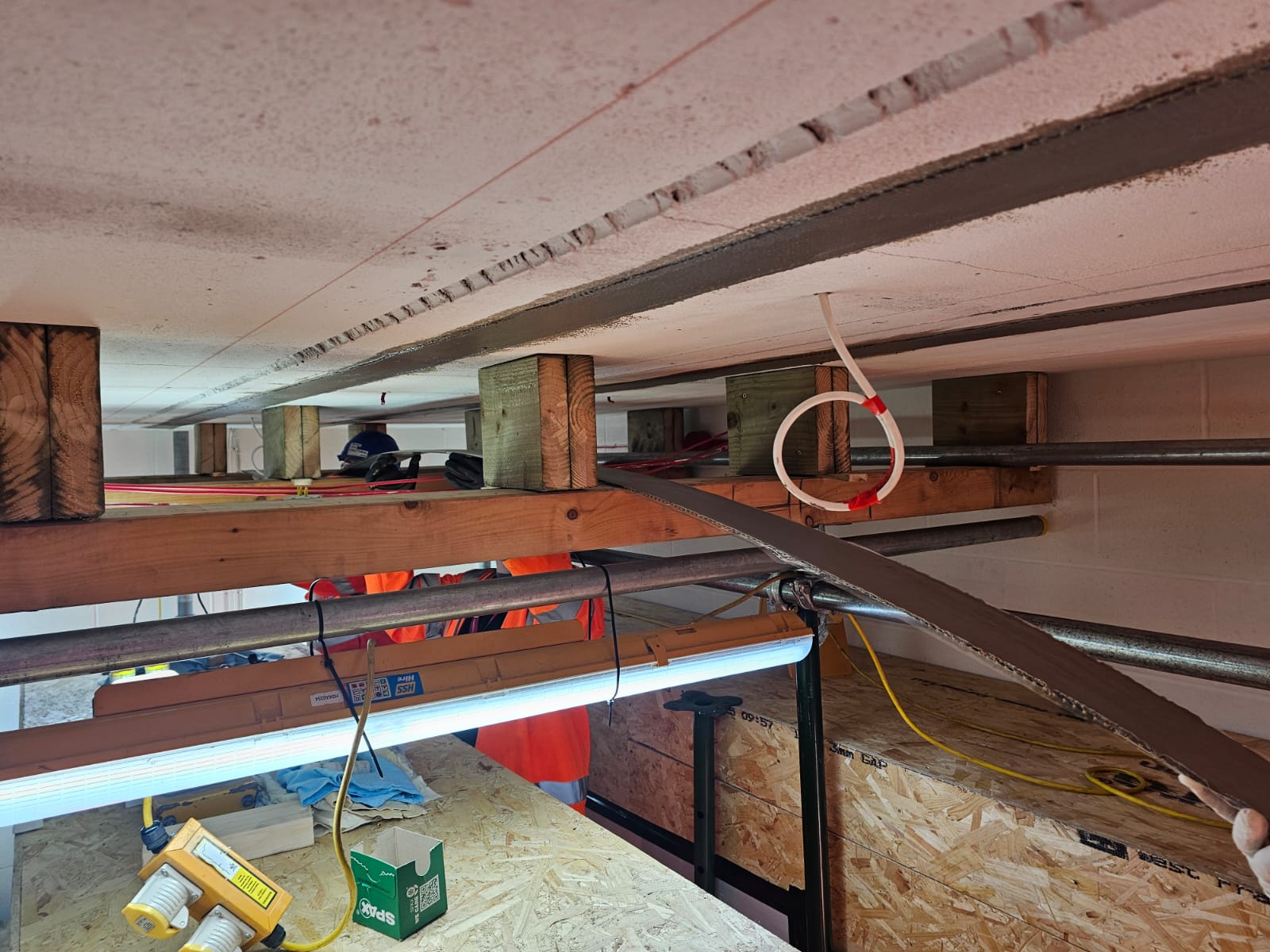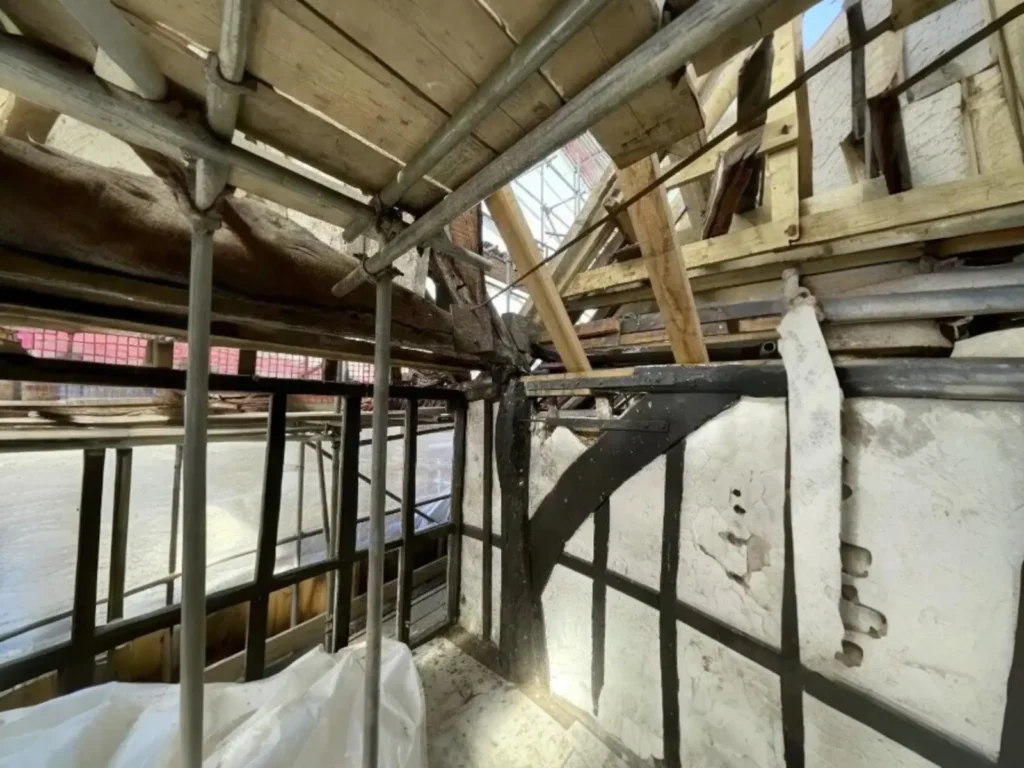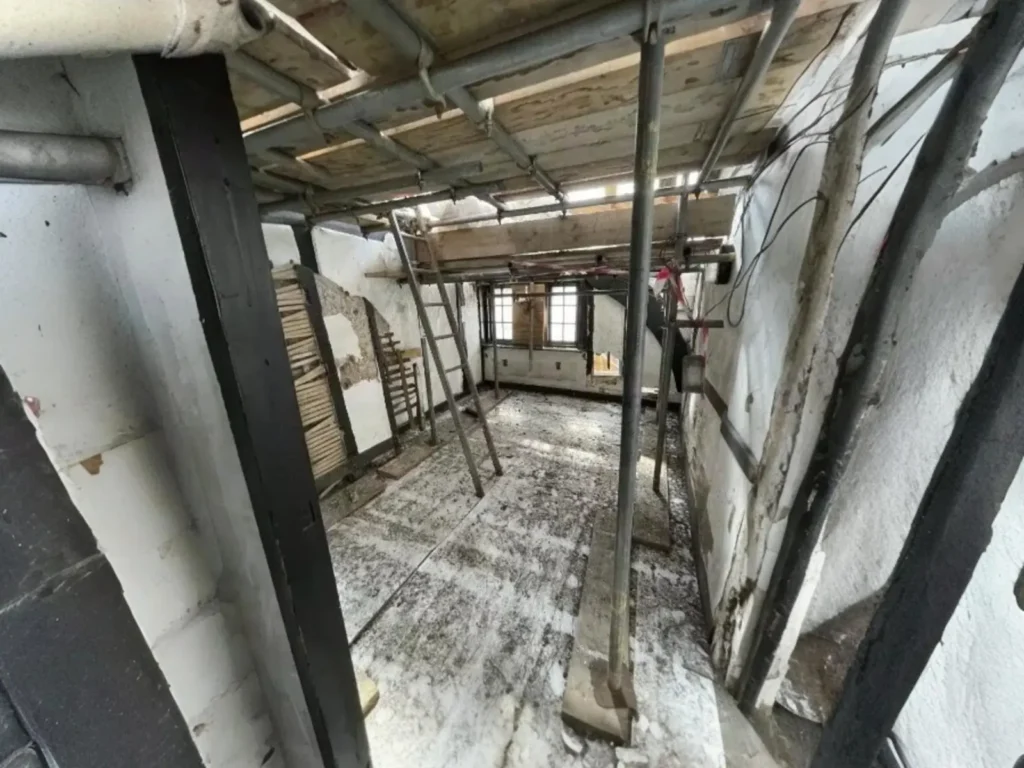
El impacto medioambiental y económico de la reparación y conservación de estructuras
Las prácticas modernas de construcción están experimentando un cambio fundamental hacia la sostenibilidad y la conservación. El enfoque tradicional de demolición y reconstrucción se ve cada vez más desafiado por soluciones innovadoras de reparación estructural que ofrecen ventajas tanto medioambientales como económicas.
El argumento medioambiental a favor de las reparaciones estructurales frente a la demolición
Según Roger Line en “Prolongar la vida útil de edificios y estructuras”, el impacto medioambiental de la demolición va mucho más allá de la obra inmediata. “Cada vez que derribas un edificio, estás creando una enorme cantidad de residuos. Todo ese hormigón, acero y escombros tienen que ir a alguna parte, y la mayoría acaban en vertederos”, subraya Line.
La huella de carbono de las nuevas construcciones, desde la producción de materiales hasta el transporte y la instalación, supone una importante carga medioambiental.

Tecnologías Avanzadas de Reparación de Edificios: Una solución sostenible
Los métodos modernos de rehabilitación, como la reparación de muros y de hundimientos, ofrecen alternativas innovadoras a la demolición.
“Cuando reparamos una estructura, estamos ahorrando tiempo, dinero y al planeta. Al conservar el edificio existente, reducimos las emisiones de CO₂, ahorramos en materiales y evitamos residuos innecesarios”, señala Line.
La integración de materiales de vanguardia, como el refuerzo de fibra de carbono y las resinas especializadas, ha revolucionado las técnicas de reparación y rehabilitación estructural.
Las ventajas económicas de las soluciones de reparación de edificios
Las implicaciones económicas de elegir la rehabilitación en lugar de la reconstrucción completa presentan un convincente argumento comercial a favor de la conservación. Los proyectos modernos de reparación estructural, incluida la reparación de los cimientos y el apuntalamiento con resina, demuestran con frecuencia costes de una mera fracción de los gastos de reconstrucción completa. Esta astuta observación de los expertos del sector subraya un cambio fundamental en la economía de la construcción, en la que la conservación demuestra cada vez más un rendimiento financiero superior. Las ventajas económicas de la conservación van mucho más allá del presupuesto de construcción inmediato.
Los servicios de reparación suelen reducir significativamente el tiempo de inactividad, lo que permite a las instalaciones mantener sus operaciones durante los trabajos de rehabilitación. La agilización del proceso de aprobación reglamentaria de las reparaciones, en comparación con la nueva construcción, se traduce en un inicio y finalización más rápidos del proyecto. Los ocupantes se benefician de una interrupción mínima de sus actividades diarias, manteniendo la continuidad de la actividad y el confort residencial. Además, la reducción sustancial de las necesidades de materiales no sólo disminuye los costes directos, sino que también minimiza los gastos de gestión de residuos, creando un proceso de construcción más eficaz y económico. Estos amplios beneficios económicos, unidos a las ventajas medioambientales, constituyen un poderoso argumento para dar prioridad a la conservación frente a la demolición y la reconstrucción. Este enfoque innovador representa no sólo una medida de ahorro de costes, sino una reimaginación fundamental de la economía de la construcción sostenible, que transforma la forma en que el sector aborda el mantenimiento y la rehabilitación de edificios.
Sostenibilidad: Impulsar la innovación industrial en las obras estructurales
El cambio de la industria de la construcción hacia la sostenibilidad se alinea perfectamente con las técnicas modernas de reparación.
Line subraya esta evolución: “Hoy en día se hace cada vez más hincapié en las prácticas de construcción sostenible. El mundo se está dando cuenta de que derribar y reconstruir es un despilfarro y un daño para el medio ambiente”.

El futuro de la reparación y rehabilitación de estructuras
El avance de las tecnologías de reparación, sobre todo en la reparación de hundimientos y los contratistas especializados en cimentaciones, han abierto posibilidades sin precedentes en la rehabilitación estructural.
“Coger una estructura vieja y dañada y hacerla más fuerte de lo que era cuando se construyó”, explica Roger Line en “Prolongar la vida útil de edificios y estructuras”, destacando el potencial transformador de las técnicas modernas.
Este enfoque innovador sirve a un doble propósito: preservar nuestro patrimonio arquitectónico a la vez que se avanza en las prácticas de construcción sostenible. A medida que los materiales de construcción y las metodologías de reparación siguen evolucionando, el sector se encuentra en el umbral de una nueva era de conservación y mejora.
Descubre cómo pueden beneficiar a tu estructura estas avanzadas técnicas de rehabilitación, que incluyen reparaciones estructurales y evaluación de costes de reparación de hundimientos. Ponte en contacto con nuestro equipo de expertos para concertar una evaluación exhaustiva y conocer soluciones innovadoras que pueden prolongar la vida útil de tu edificio y mejorar su integridad. No esperes a que las cuestiones menores se conviertan en problemas mayores: invierte hoy en el futuro de tu edificio.